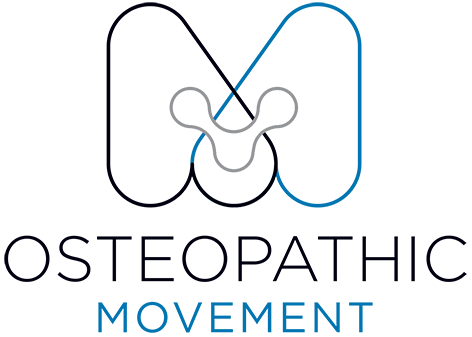Pregnancy and Pelvic Pain
Pregnancy & Pelvic Pain: How Osteopathy Can Help Expectant Mothers Find Relief
Pregnancy is one of the most incredible transformations your body will ever go through. Physiologically, psychologically, and physically, it’s a time of massive change. As your baby grows, so too does the demand on your spine, hips, and pelvis — structures that work tirelessly to support both you and your developing bub.
Why Pelvic Pain Happens During Pregnancy
As your belly expands, your posture naturally adapts. The lower back curves more to balance the growing weight at the front of your body, and your hips and pelvis shift position to make room for your baby.
A hormone called relaxin helps facilitate this change by loosening the ligaments that stabilise your pelvis. While this flexibility is essential for childbirth, it can sometimes lead to Pelvic Girdle Pain (PGP) — a common but uncomfortable issue that affects many pregnant women.
What Does Pelvic Girdle Pain Feel Like?
PGP can present as:
Pain in the lower back or sacroiliac joints
Discomfort across the pelvis or pubic bone
Aching or referral pain into the thighs or groin
You may notice symptoms worsening when walking up stairs, turning in bed, getting in and out of the car, or standing on one leg. If this sounds familiar, it’s best to see your osteopath early, as PGP often becomes harder to manage as pregnancy progresses.
How Osteopathy Can Help With Pelvic Pain
Your osteopath can help reduce pain and improve mobility using gentle, hands-on treatment techniques that are completely safe for both you and your baby. Osteopathic treatment during pregnancy may include:
Soft tissue massage and joint mobilisation to relieve muscular tension
Gentle pelvic and spinal techniques to restore mobility
Postural advice and ergonomic strategies to reduce load on your lower back and hips
One of the key underlying issues in PGP is reduced pelvic stability. When ligaments loosen, the joints can become slightly restricted or irritated, prompting nearby muscles to tighten in compensation. This can lead to a cycle of stiffness and pain — but the good news is that early intervention can make a big difference.
Strengthening and Self-Management Strategies
Beyond hands-on treatment, your osteopath will guide you through safe self-management techniques that can be done at home using simple tools like massage balls or foam rollers. These can help release tight muscles and improve circulation.
Once pain is under control, it’s crucial to build pelvic stability through gentle strengthening exercises. Your osteopath can prescribe specific exercises that target the deep core and pelvic stabilisers — no gym equipment required.
Why Strengthening Matters
Your pelvic girdle gains stability from three key components:
Bony congruency – how well the bones fit together
Ligamentous attachments – how the ligaments connect and hold the bones in place
Muscular activation – how your muscles contract to stabilise the pelvis
During pregnancy, the ligamentous support is naturally reduced due to relaxin. That’s why muscle strength and coordination become even more important for supporting your pelvis and preventing ongoing discomfort.
When to Seek Help
While PGP isn’t dangerous for you or your baby, it can significantly impact your quality of life. Activities like walking, climbing stairs, bending, or rolling in bed can become painful — and you don’t have to just put up with it.
If you’re experiencing pelvic pain during pregnancy, our experienced osteopaths can help you move more comfortably and confidently throughout your pregnancy.
Book Your Appointment
If you’re struggling with pelvic girdle pain during pregnancy, our osteos can help you feel supported and move with ease.
• Get to know our South Yarra osteopaths
• Explore our Osteopathic Movement wellness centre
• Book your appointment online
Written by Dr Dayne Sweres (B.AppSci (CompMed), M.Osteo) – Founder, Osteopathic Movement, South Yarra.

